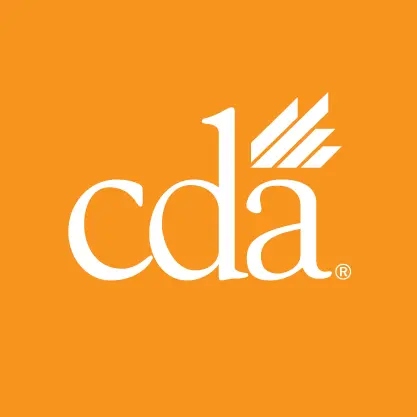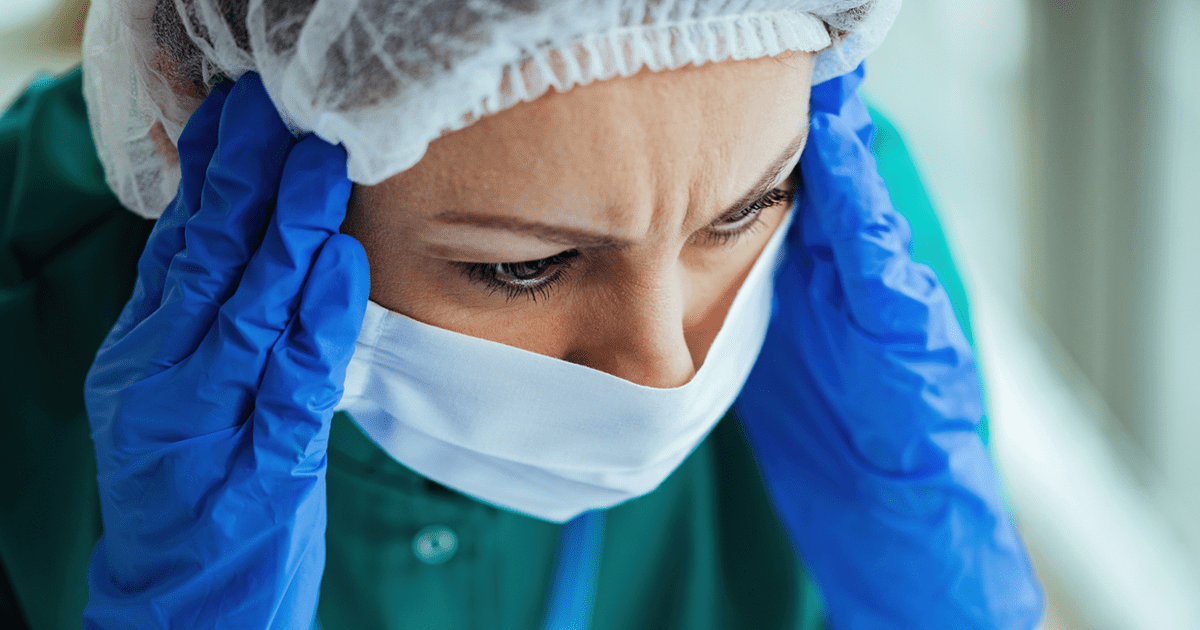Some dental professionals are facing a new set of challenges from wearing additional personal protective equipment as they adapt to providing care in the COVID-19 era.
A recent survey of more than 2,500 dentists, hygienists, dental assistants and business administrators on the impact of current PPE protocols found that dental professionals of all ages are experiencing increased levels of physical and emotional discomfort since resuming routine care.
Here are some of the most common conditions to be aware of and tips to help alleviate the discomfort.
Headaches and dehydration
Headaches were the most reported side effect with 71% of survey participants claiming to experience them more often since the implementation of the new PPE protocols. The survey revealed that the current rate of headaches for dental professionals has increased by 65%. due to additional PPE.
Headaches can be a sign of dehydration, which was the third most reported side effect of the increased PPE protocols.
To avoid or minimize headaches and dehydration, drink enough fluids during the parts of the day when most convenient to do so: before and after work and during any breaks. Increase your water intake and limit consumption of sugary drinks and caffeine as they can contribute to dehydration.
Experts also recommend snacking on foods that have high levels of moisture such as fresh fruits, vegetables and yogurt. Frozen fruits slices can also help keep you cool and hydrated.
Difficulty breathing and profuse sweating
Dental professionals who are now wearing multiple layers at one time, including a surgical mask, face shield and respirator mask, have also reported challenges with breathing. According to the survey, participants said they are having a hard time breathing nearly 50% of the time while wearing the current recommended respiratory PPE.
Dental professionals are also wearing their PPE for an extensive amount of time, which can lead to profuse sweating — another side effect that was reported among more than half of survey participants. According to an article in Dentistry IQ, 62% of health care workers report only removing their PPE during their lunch break, while another 7% say they never remove their PPE during their entire work shifts.
If you're having difficulty breathing or experiencing excessive sweating at work, try to take short breaks throughout the day that allow you to remove your PPE and get a breath of fresh air. Employers should also ensure that employees have a safe place to take off their PPE without the risk of exposure.
Skin irritation
If you're experiencing more breakouts and irritation on your face lately, you're not alone. In the survey, 43% of respondents reported an increase in facial acne while another 35% reported facial skin soreness due to face masks. The constant rubbing of the masks against the skin causes micro-tears, allowing easier entry for bacteria and dirt to clog the pores.
Health care workers are most at risk because their masks are tighter-fitting and workers are wearing them longer. According to a research letter published in the Journal of the American Academy of Dermatology in May, at least 83% of health care workers in Hubei, China, suffered skin problems on their face due to enhanced infection-control measures.
Experts recommend simplifying your skin care routine and using a gentle non-soap cleanser and a mild, fragrance-free moisturizer. You're also advised to avoid thick skin care creams and opt for a more lightweight, water-based product to wear underneath your mask.
As dental teams continue to adapt to the evolving pandemic, be mindful of any changes you may be experiencing, especially those causing physical discomfort. As part of regular wellness check-ins, practice owners should follow up with their team members about additional challenges such as those related to the use of PPE and work together to identify and implement solutions.

